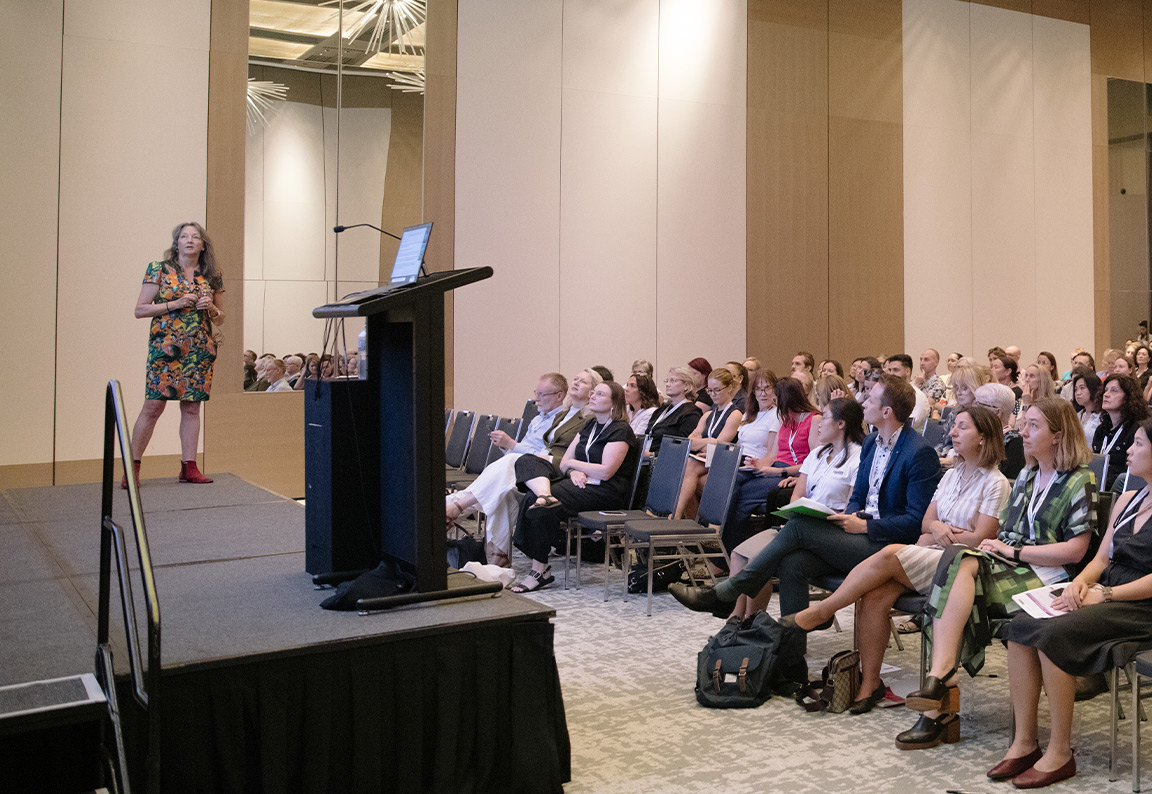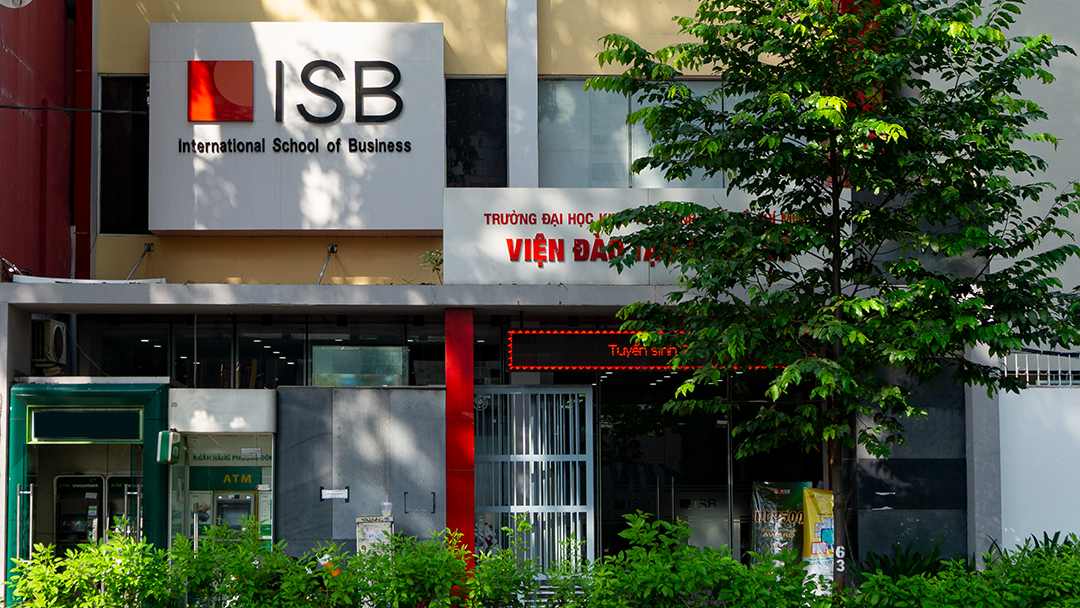Your thoughts matter, and we look forward to hearing from you!
Feel free to reach out to us effortlessly through our user-friendly contacts form. Whether you have inquiries, suggestions, or feedback, this streamlined communication channel ensures a prompt and efficient response.
The Australian Workplace Barometer (AWB) project aims to provide science driven evidence of Australian work conditions and their relationships to workplace health and productivity, through a national monitoring and surveillance system.
AWB has collected data from participants across all Australian states and territories. The data provides evidence relating to psychosocial risk factors in the working population as well as an analysis of relations between risk factors and employee health and motivational outcomes.
The research is guided by an innovative theoretical framework, Psychosocial Safety Climate (PSC) theory, which states that work conditions, worker health and engagement can be predicted when the Psychosocial Safety Climate of an organisation or work group is known.
AWB Executive Summary
“A standout finding here is that depression costs Australian employers approximately AUD$8 billion per annum as a result of sickness absence and presenteeism and AUD$693 million per annum of this is due to job strain and bullying.”
Work-related stress represents a ‘huge cost’ for worker health and productivity and is broadly regarded as an important social determinant of global health. Psychological injury claims are steadily increasing and incur the largest proportion of expense in relation to compensation claims (Safe Work Australia, 2017). Surveillance systems that are designed to monitor workplace psychosocial risk factors are increasingly recognised as best practice to inform national approaches towards worker injury prevention and intervention. Surveillance provides a solid evidence base to support the development of prevention and intervention strategies as well as a means to evaluate the effectiveness of any implemented policies and programs.
In addition, surveillance supports the vision of the Australian Work Health and Safety Strategy 2012 – 2022 to build safety by design, to protect workers from harm, and improve their health and productivity. Understanding how workplace psychosocial risk factors interact and contribute to worker wellbeing and productivity can be obtained through systematic measurement and analysis at the national, state, industry, and organisational.
Importantly the Australian Workplace Barometer (AWB) project was developed in order to set national benchmarks and provide evidence needed to develop best practice standards in the area of worker psychological health and wellbeing and provide crucial evidence for policy development, intervention targets and the provision of resources at the national, state and industry levels.

Key Objectives
- Provide nationally representative data on psychosocial risk levels and working conditions
- Build upon existing knowledge and understanding of psychosocial risk factors such as bullying and harassment, and work-family conflict
- Investigate relationships between psychosocial risk and workplace outcomes such as employee health and productivity
- Determine the cost of poor employee wellbeing to businesses based on aspects such as depression, absenteeism and presenteeism
- Identify industries and occupations at risk
- Provide evidence to support strategies for prevention and intervention
The Australian Workplace Barometer: Psychosocial Safety Climate and Working Conditions in Australia
The Australian Workplace Barometer (AWB) project is supported by funding from the Commonwealth Government Agency Safe Work Australia, SafeWork SA, Australian Research Council Discovery Grants [DP0879007 & DP140103429] and an Australian Research Council Linkage Grant [LP100100449].

Restrictions
Since organisational access to investigate work stress is often restricted and resisted, a superior approach to gain access to most employees, is to use a population-based approach.
Since organisational access to investigate work stress is often restricted and resisted, a superior approach to gain access to most employees, is to use a population-based approach.
Maximise Access
The sampling approach used in the AWB project was selected to maximise access to a representative sample of employees. Computer assisted telephone interviews were conducted across Australian to gain information from working Australians regarding their work environment and health conditions.
The sampling approach used in the AWB project was selected to maximise access to a representative sample of employees. Computer assisted telephone interviews were conducted across Australian to gain information from working Australians regarding their work environment and health conditions.
Data Sources
Data was collected in New South Wales (NSW) and Western Australia (WA) in 2009. In 2010 a second wave of data was collected from NSW and WA as well as a first wave of interviews in South Australia (SA). In 2011 further interviews were conducted with participants from Australian Capital Territory (ACT), Tasmania (Tas) and the Northern Territory (NT), and again in SA. In 2014-15 data was collected from all Australian states and territories.
Data was collected in New South Wales (NSW) and Western Australia (WA) in 2009. In 2010 a second wave of data was collected from NSW and WA as well as a first wave of interviews in South Australia (SA). In 2011 further interviews were conducted with participants from Australian Capital Territory (ACT), Tasmania (Tas) and the Northern Territory (NT), and again in SA. In 2014-15 data was collected from all Australian states and territories.
Comparison
A comparison of demographic data between AWB and Australian Bureau of Statistics (ABS) workforce statistics shows that the AWB sample is representative of the national working population on a range of factors such as participation in industry, contract and work hour status, mean age by industry and other general population characteristics.
A comparison of demographic data between AWB and Australian Bureau of Statistics (ABS) workforce statistics shows that the AWB sample is representative of the national working population on a range of factors such as participation in industry, contract and work hour status, mean age by industry and other general population characteristics.
The AWB research is driven by the well established Psychosocial Safety Climate (PSC) theory (Dollard & Bakker, 2010).
This theory extends other well-known job stress theories such as the Job-Demands Resources (JD-R; Demerouti, Nachreiner, Bakker, & Schaufeli, 2001), Job Demands Control (JDC; Karasek, 1979; Karasek & Theorell, 1990), and Effort Reward Imbalance (ERI; Siegrist, 1996) models.
There is ample empirical evidence already that shows high levels of demands and low resources are a problem for worker health and poor engagement.
We have added evidence to this body of knowledge by establishing PSC as the ‘cause of the causes’ of work stress factors (Law et al., 2011).

Crucially PSC theory answers the question “where do job demands and resources come from?”. Psychosocial safety climate measures an organisation’s priorities and commitment in relation to the protection of worker psychological health and well-being, including psychosocial risk assessment.
In high PSC contexts managers will be cognizant of risk factors and will help to shape jobs where demands are manageable, and resources are adequate. Therefore if PSC is assessed, levels of demands and resources can be predicted. Psychosocial Safety Climate also acts as a moderator, reducing the negative impact of psychosocial hazards on employee health and productivity outcomes. Importantly as a leading indicator of work conditions, employee health and productivity (Law, et al., 2011), the utility of PSC over lag indicators such as workers’ compensation claims in informing preventative policy is clear.
AWB results support the main premises of PSC theory; PSC is significantly related to all demands (negatively), resources (positively), health (positively) and productivity (positively) outcomes. Further analysis using hierarchical multiple regression showed that PSC explains 9 per cent of the variance in psychological health outcomes and 13 per cent of variance in engagement.
The research suggests that a 10 per cent increase in PSC within organisations would lead to a 4.5 per cent decrease in bullying, a 4 per cent decrease in demands, a 4 per cent reduction in exhaustion and a 3 per cent reduction in psychological health problems as well as an 8 per cent increase in resources and a 6 per cent increase in engagement. It was also evident that PSC is related to worker and productivity outcomes via its effect on demands and resources.
In other words PSC precedes work conditions and its effects flow on to health and productivity outcomes. These results, along with previous empirical evidence, highlight that PSC is a logical upstream target for injury prevention as it is an antecedent for demands and resources as well as health and productivity outcomes.
For more information on PSC including measures and benchmarks go to Psychosocial Safety Climate (PSC) page.
AWB Measures
The scales selected for the AWB tool were taken from internationally recognised and psychometrically validated measures to capture data on the following aspects:
- Demographics
- Psychosocial Safety
- Climate (PSC)
- Job Demands
- Harassment and
- Bullying
- Job Resources
- Health Outcomes
- Work outcomes
For further details about the scales and their origins see
Dollard, M.F. & Bailey, T. S. (Eds)., (2014). Australian Workplace Barometer: Psychosocial Safety Climate and working conditions in Australia, Samford Valley QLD; Australian Academic Press.
Click Here
Research Interests
Our research interest and goal is to establish a national and international surveillance system of psychosocial (stress) factors at work.








